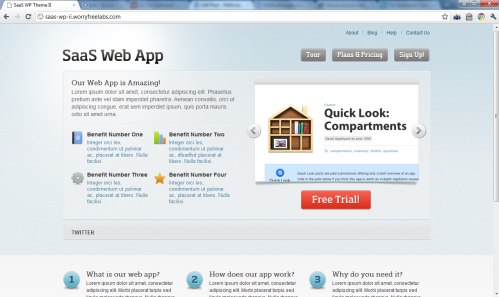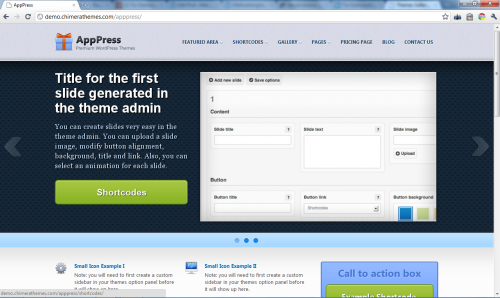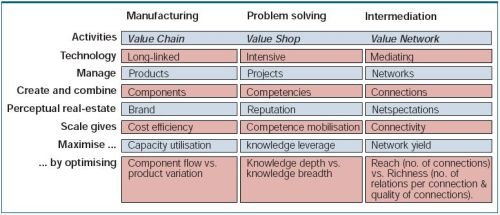Business plans are out and business models are in. The waterfall method is out and agile development is in. Now an entrepreneur will iterate the business model through test-driven approaches using agile software development and customer development.
How would you use test-driven development in building your business model? A good start would be to iteratively identify and test key hypothesis for each component with your business model.
Previously I suggested a mash-up of the Lean Startup/Customer Development methodology and the Business Model Canvas. On the higher level, the “back-end” business model structure aligns with agile development principles, and the “front-end” structure with customer development principles. Causally executing product development alongside customer development would optimally lead to problem-solution fit, followed by product-market fit corresponding to your value proposition.
On the lower level, typical Lean Startup and Customer Development principles are segmented according to each of the nine business model building blocks. These are the techniques and tools that you would take into consideration when testing your business model hypothesis.
As all business model components have their own characteristics they also have their own hypothesis testing schemes. The following is an overview of techniques and tools to be used for testing each and one of your business model components from a Lean Startup and Customer Development perspective.
Customer segment is where you identify with customer prospects a specific problem that they agree upon. You would put the Customer Development methodology in order by getting out the building and mapping out a Customer Problem Presentation. For what questions to ask, the guys at Survey.io provide an excellent starting point.
Value proposition. Here you test to see if your solution fits the customer’s problem. The key is Minimum Viable Product. A Minimum Viable Product has just those features (and no more) that allows the product to be deployed and tested. Especially if you are in the online business you would consider putting up landing pages. Further, A/B testing, split testing and multivariate testing are super techniques for testing hygiene factors. This allows you to test and validate customer demand and positioning. Unbounce provides you with many of these tools.
Distribution channels. Do conversion optimization whether it includes your web page, social media accounts, Google Adwords or partner’s pages. Ask your self what is most cost-effective channel. Eric Ries wrote these awesome posts on how to use search engine marketing and Google Adwords in testing demand and value propositions.
Customer relationship. This one is bit more qualitative in nature than the distribution and product offering schemes. It is more about making an arena for collecting feedback from your early customer segments. You would consider using tools such as wikis, forums and social networks as a basis for collecting data. It may include making a beta testers’ community allowing for feedback, and distributing surveys and newsletters for measuring reach. Survey and form services such as KISSmetrics and WuFoo are useful tools for gathering feedback on-site.
Key activities. “Release early, release often” is a key tenet in agile software development. Question your self – how often you ship product. Do continuous deployment to learn and adjust. Testing should be a key activity itself. Automattic CEO Toni Schneider reported that WordPress.com averages about 16 product releases a day. Beat that!
Key resources. Arrange for the tools that you need in order to test the remainding components. For an example by signing up to Google, you can run Optimizer for split testing, Google Analytics for conversion optimization and Adwords for testing clickthrough on different value propositions. The good news is that this is cheap. Perhaps the most important resource – your co-founders and team members should embrace a learning culture and test-driven environment.
Partners. Here you would consider a similar approach to that of the customer segment. Your partners may also be the ones who provide you with key resources, such as Amazon for hosting or Google for distribution.
Revenue streams/cost structure is about defining the equation of your business model. If you are going for that 1 % of China’s users cliché you are pretty soon on thin ice. Instead, do it bottom-up. For an example, numbers of users times ad revenue per user. The point is to convert your assumptions into metrics that are actionable. Sooner you would be a low-burn startup. By removing what is broken, test-driven business model development enable you to do so.
The bottom line: In systemizing hypothesis by the business model components you will simplify testing methods and reduce risk in building a lean business model.
Did you like this post? Please, feel free to subscribe or follow me on Twitter.









